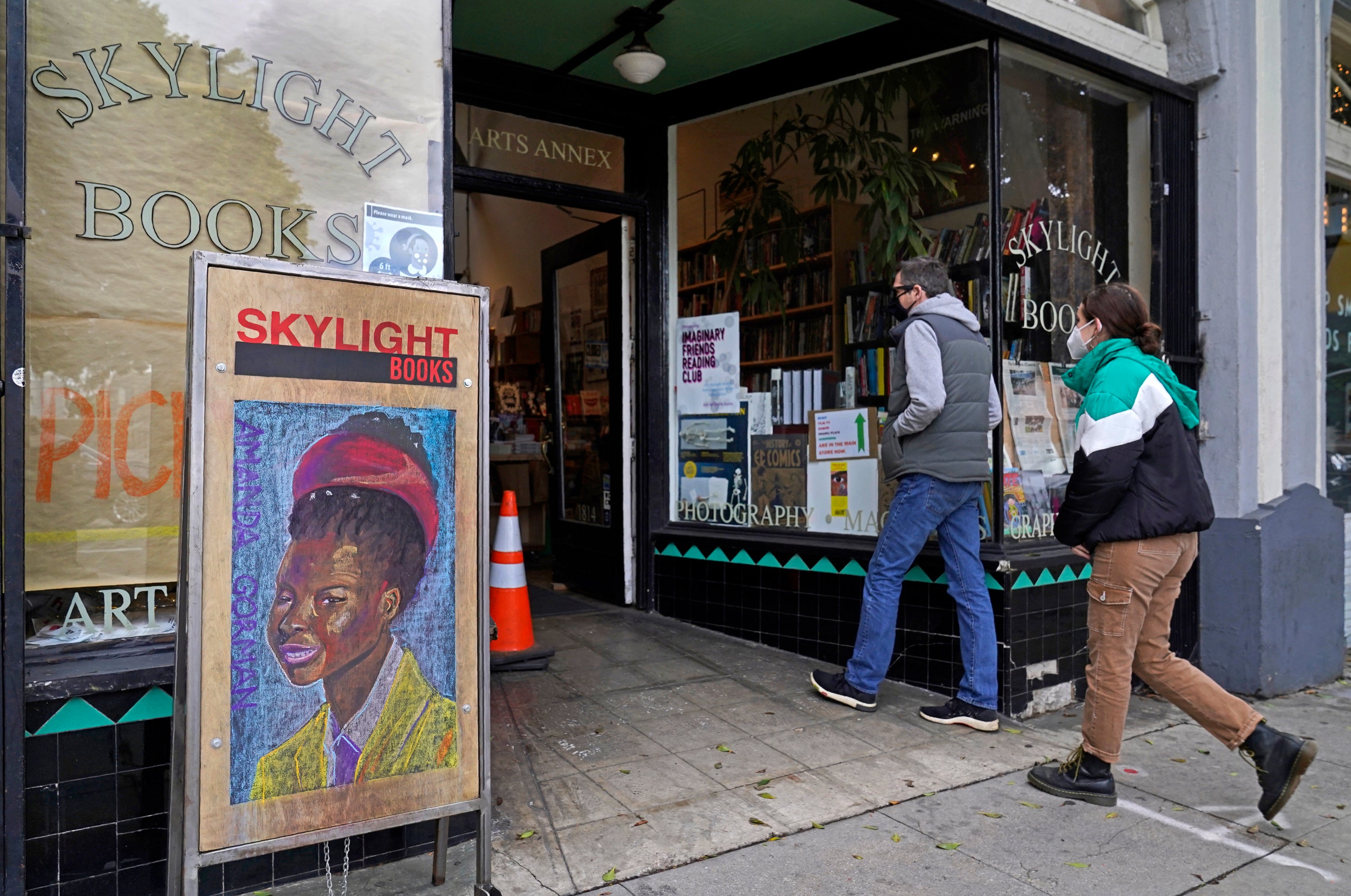California reveals data used to lift stay-at-home order
California’s health department released to the public previously secret projections for future hospital intensive care unit capacity throughout the state, the key metric for lifting the coronavirus stay-at-home order

Your support helps us to tell the story
From reproductive rights to climate change to Big Tech, The Independent is on the ground when the story is developing. Whether it's investigating the financials of Elon Musk's pro-Trump PAC or producing our latest documentary, 'The A Word', which shines a light on the American women fighting for reproductive rights, we know how important it is to parse out the facts from the messaging.
At such a critical moment in US history, we need reporters on the ground. Your donation allows us to keep sending journalists to speak to both sides of the story.
The Independent is trusted by Americans across the entire political spectrum. And unlike many other quality news outlets, we choose not to lock Americans out of our reporting and analysis with paywalls. We believe quality journalism should be available to everyone, paid for by those who can afford it.
Your support makes all the difference.California’s health department on Monday released to the public previously secret projections for future hospital intensive care unit capacity throughout the state, the key metric for lifting the coronavirus stay-at-home order.
However, state officials did not explain how regional per capita virus cases and transmission rates that also were released might influence how much ICU space will be available in four weeks.
Last week, state health officials told The Associated Press they were keeping all the data secret because it is complicated and might mislead the public. The release of the data points came after coronavirus experts, joined by a public access organization and a business group, said the information should be public, and as Gov. Gavin Newsom’s political opponents decried the secrecy.
Dr. George Rutherford, an epidemiologist and infectious-diseases control expert at University of California, San Francisco, was among the critics. He applauded the state for being more open. He said it’s “not utterly transparent, but I have a better idea of what’s going on.”
In December, when California became the nation’s epicenter for the virus before numbers improved in the new year, Gov. Gavin Newsom announced a new stay-at-home order that was based on ICU capacity in each of five regions. Any region that fell below 15% had new restrictions imposed, including closures of hair and nail salons and other businesses, and fewer customers allowed inside retail stores.
Four of the regions fell under the new order and three remained there until Monday, when state health officials announced that four-week projections showed them rising above the 15% threshold and Newsom said the order was lifted.
At a news conference with Newsom, California Health and Human Services Secretary Dr. Mark Ghaly promised to reveal some of the information behind the projections.
Several hours later the agency released a chart showing projections for regional ICU capacity, along with per capita cases and transmission rates. The capacity takes into account not only coronavirus patients but those who would need intensive care for other reasons even if there were no pandemic.
The state said the Southern California region, which includes more than half the state’s population, will go from no ICU capacity under the state’s weighted formula to 33.3% capacity in four weeks, the most of any region.
Los Angeles County public health director Dr. Barbara Ferrer said she had yet to see the governor’s algorithm but has confidence in the state. Currently, the county has very few ICU beds available, she said, “but it’s certainly better than it has been.”
The San Joaquin Valley just to the north will jump from 0% to 22.3%, the state projects, while the San Francisco Bay Area will reach 25%, up from 8.2% now.
The 13-county Greater Sacramento region is projected to have 27.3% capacity. But it’s currently stuck at 9.9% — virtually the same level it was two weeks ago when state officials abruptly lifted the stay-at-home order there.
Only the rural Northern California region never was under the order. However, the state now projects its capacity will fall from 47.9% to 18.9%. State officials did not explain the reasons for the steep decline.
It’s not clear if the state ultimately will provide the level of day-to-day detail behind the projections currently available for its existing four-week modeling on hospitalizations, intensive care patients and deaths.
Dr. Lee Riley, chairman of the University of California, Berkeley School of Public Health infectious disease division, said he’s hopeful the state will provide that level of detail. “This is going in the right direction,” he said.
Prior to Ghaly’s announcement, the secrecy in the Democratic Newsom administration brought recriminations from Republican legislative leaders and from former San Diego Mayor Kevin Faulconer, who is exploring a challenge to Newsom.
“Californians want to follow the science. Instead we’re forced to follow a governor who decides on a whim the fate of millions of Californians while refusing to release the data behind his contradictory and arbitrary decisions,” Faulconer tweeted early Monday.
California Assembly Republicans sent a letter to the Democratic leaders of the Legislature calling for oversight hearings on data used to make decisions on the coronavirus.
___
Associated Press Writer Stefanie Dazio contributed from Los Angeles.